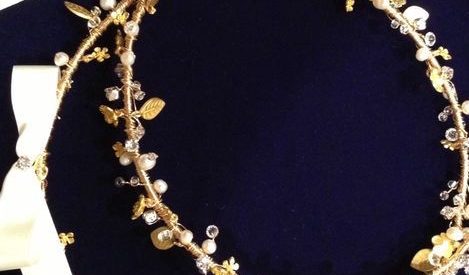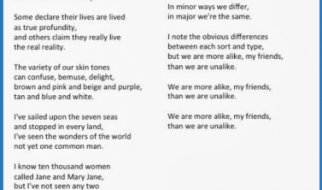As our country matures, shouldn?t our engagement traditions?
I recently sat down with a newly engaged GSB classmate. A couple drinks in I asked him how much he paid to adorn his love?s left hand. ?25k?? I guessed. He laughed, ?25? Yeah right! Try north of 60!? So just what are these rocks on which we spend $20k, $30k, $40k, $50k+?
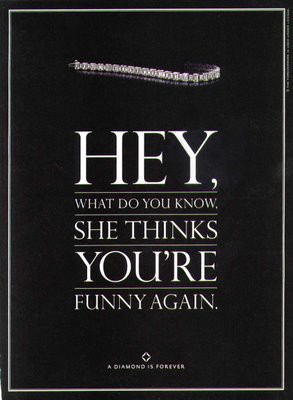
Turns out diamond engagement rings weren?t common until 20th century diamond advertising campaigns. And despite what you might have heard, diamonds don?t carry intrinsic value, often come from places where the environment and workers are abused, and are a standardized objectification of what should be unique love.
In 1938, De Beers faced a problem. As a result of the Great Depression, diamond prices were falling. Harry Oppenheimer, the company?s CEO, did what any good CEO of the time would. He hired one of the best advertising agencies, N. W. Ayer & Son. These are the guys who excited Americans about Camel cigarettes with the slogan, ?I?d Walk a Mile for a Camel.? Camel was an advertising home run, but Ayer & Son was about to hit a grand slam.
?A Diamond Is Forever.? You?ve heard it. You?ve believed it. We?ve all fallen for the creative genius of excellent advertising. If you measured slogans by the amount of money they generated from thin air, this slogan might be second to none. Advertising Age Magazine named it the best advertising slogan of the 20th century. Following ads featuring celebrities and carrying the A Diamond is Forever slogan, the general public started wanting diamonds to signify love. Things were looking up for De Beers: men all over America were spending a month?s earnings to buy a piece of carbon from Harry.
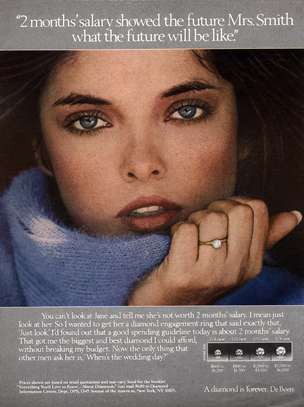
But the 80?s came and, like any smart company, De Beers wanted a bigger piece of the pie. They couldn?t sell you two diamond engagement rings (though divorce helps) but they could double the amount of the average sale. That?s when De Beers started circulating the ad ?Two months? salary showed the future Mrs. Smith what the future will be like.? I?d walk a mile for a Camel, and I?d work two months for a rock (actually, a mineral). Damn, Ayer, you were good.
Today if you visit DeBeers.com you will find that the first tab on the home page is ?Engagement.? The website now has a ?your bridal style? quiz that appears to be a classier version of one on Buzzfeed. At the end of picking ?your bridal style,? De Beers presents a wedding concept. Mine was ?Encircling Harmony.? With links below to Pinterest, you can share your desire with your social network. But I ask myself, ?Why we are sharing pictures of diamond rings instead of the following information??
- Diamonds are intrinsically worthless: Former De Beers chairman (and billionaire) Nicky Oppenheimer once succinctly explained, ?diamonds are intrinsically worthless.?
- Diamonds aren?t forever: They actually decay, faster than most rocks.
- Diamonds can bring injury: Yes, the diamond trade creates jobs. But many diamonds are still mined in very bad, environmentally damaging, working conditions, too often employing child labor.
Then there?s the myth that diamonds are rare. Look at the McKinsey or Bain reports on the industry, and you will find that it is struggling, in part because it is having a hard time ?managing supply.?
Indeed, Lockheed Martin just filed a patent for a 3D printer that prints diamonds. And did you know Silicon Valley has its own fledgling diamond industry? At the end of last year the Diamond Foundry, a startup raised $100M in a ?seed? round from the likes of Obvious Ventures (new employer of Niamh Gavin, GSB ?16), Mark Pincus, Jeffrey Skoll and Leonardo DiCaprio. The company makes synthetic diamonds branded as ?Impeccable Provenance. Masterful Cuts. Beautiful Inside And Out.? In addition to hiring world-class scientists, they have two of the best Master Cutters in the world.
But isn?t this about signifying love? If it is, can?t we have a symbol of marriage without irrational consumption?
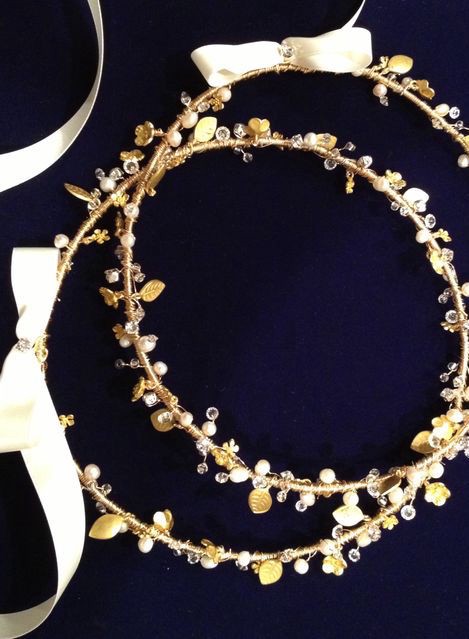
In a Greek Orthodox wedding ceremony, the couple exchanges wreaths that are placed on their heads. The wreaths symbolize an eternal connection of the minds. In Jewish tradition, the couple writes a Ketubah, a text that outlines the future relationship of the bride and the groom, and is traditionally made into a beautiful work of art. I have heard other stories about unique ways in which real love is demonstrated (share your unique love traditions below). One couple I met exchanged tattoos on their fingers and another decided to offer a donation as their symbol of love.
All this doesn?t mean I don?t smile when I see someone newly engaged showing off a diamond, or see one on the ring finger of a long-married woman. I just want to consider the alternatives.
As our country matures, shouldn?t our engagement traditions?
